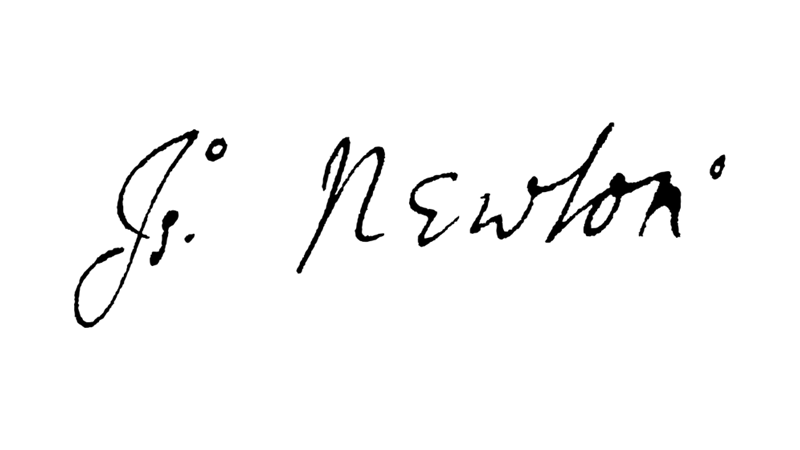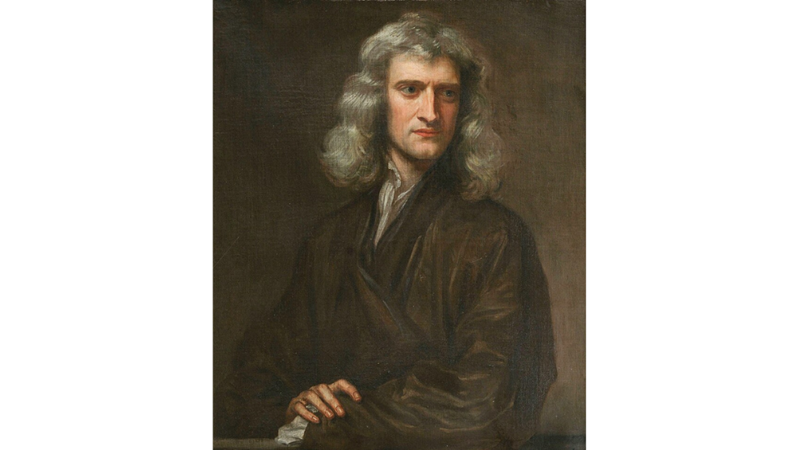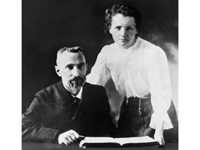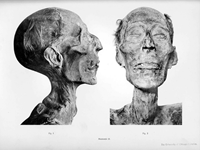Isaac Newton wrote his now famous laws of motion in Latin on parchment in 1687. He outlined three universal principles that explain how the motion of bodies in our universe is governed, and these have been translated, transcribed and discussed at length.
But according to a philosopher of language and maths, we may have been slightly misinterpreting Newton's precise statement of the first law of motion all along.
Philosopher Daniel Hoek of Virginia Tech wanted to set the record straight after discovering what he described as a "clumsy mistranslation" in the original 1729 English translation of Newton's Latin Principia.
Based on this translation, countless scholars and teachers have since interpreted Newton's first law of inertia to mean that an object will continue to move in a straight line or remain motionless unless an external force intervenes.
This is a definition that works well until you appreciate that external forces are constantly at work, something Newton would certainly have considered in his statement.
Revisiting the archives, Hoek realised that this common interpretation contained a misinterpretation that had flown under the radar until 1999, when two scholars noticed an overlooked translation of a Latin word: quatenus, meaning "unless", not "unless".
According to Hoek, this is what made all the difference. The new reading, Hoek says, shows that Newton meant that every change in a body's momentum - every jolt, fall, skid and bounce - is caused by external forces.
"By replacing a forgotten word [insofar], [these scholars] have restored one of the fundamental principles of physics to its original splendour," Hoek writes in a blog post about his paper.
However, this crucial correction was never recognised. Even now it may be struggling to gain traction against the weight of centuries of repetition.
"Some people find my reading too wild and unusual to be taken seriously," says Hoek. "Others think it is so obviously correct that it is not worth discussing."
Ordinary people might agree that it is semantics. Hoek agrees that reinterpretation has not and will not change physics. But a careful study of Newton's own writings makes it clear what the pioneering mathematician was thinking at the time.
"A lot of ink has been spilt on the question of what the law of inertia actually does," says Hoek, who as a student was confused about what Newton meant.
If we accept the common translation that bodies move in straight lines until a force forces them in the opposite direction, then the question arises: Why would Newton write a law about bodies free of external forces when there is no such thing in our universe, when gravity and friction have always existed?
"The whole point of the first law is to infer the existence of force," George Smith, a philosopher at Tufts University and an expert on Newton's writings, told journalist Stephanie Pappas for Scientific American.
In fact, Newton gave three concrete examples to explain his first law of motion: The most understandable, according to Hoek, is a spinning top, which, as we know, slows down in a spiral that narrows due to the friction of the air.
Hoek writes: "By giving this example, Newton clearly shows us how the First Law, as he understood it, applies to accelerating bodies subject to forces, that is, to bodies in the real world."
Hoek says that this revised interpretation reveals one of Newton's most fundamental ideas, which was highly revolutionary at the time. That is, planets, stars and other celestial bodies are all governed by the same physical laws as bodies on Earth.
"Every change in velocity and every tilt in direction," Hoek says - from clusters of atoms to spinning galaxies - "is governed by Newton's First Law."
Source: https://www.sciencealert.com/


 Nielawore
Nielawore











Yorum yazmak için lütfen giriş yapınız